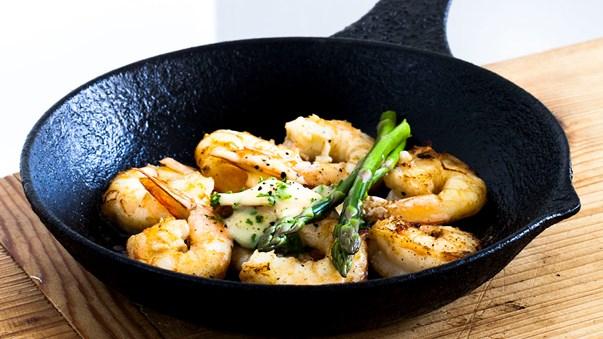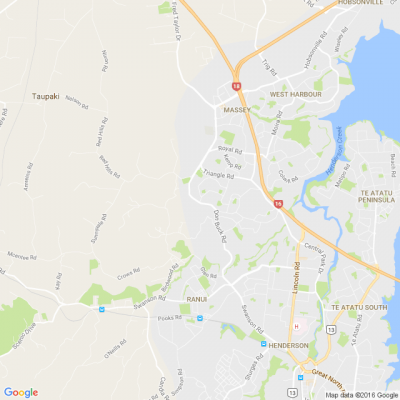Recipe: Fried Garlic Prawns with Mayo
Prawns are a fast and convenient choice of protein for the busy cook. Straight freezer, they can defrost quickly and be pan-seared to make a delicious dinner course.
Prawns can be confusing. Firstly, they are referred to as crustaceans and are also sold by size -shrimps are small and prawns are larger. There are both freshwater and marine varieties. Most prawns are imported frozen into NZ although there is growing local supply. So when you see “fresh” prawns they have generally been defrosted. Fresh prawns in many cases appear green or grey and it is only when cooked, that the colour changes to what we recognise as “pink” prawns. If you buy prawns or scrimps that are pink, this means that they have been cooked.
Then, there are a series of questions to ask:
• Do you cook them in their shells or peel before cooking?
• Do you remove the head and just cook the tail?
• Do you remove the vein (intestinal tract) or black line that runs down the back?
You can use prawns for the same recipe whether they are peeled or deveined. Many people believe that cooking prawns with the shell will enhance the flavour of the broth and result in more succulent prawn meat. The downside is that they are a bit messier to eat. To peel the prawns, you just need to wriggle them a little and ease off the shell, piece by piece.
There is no big deal about cooking prawns with the head on – it is more a cultural thing about people not wanting to see the eyes! The head pulls off easily if you twist it. The tip of the tail can be removed in the same way.
The prawn is de-veined or has the intestinal tract removed as many consider it the prawn more attractive without the black line. It also removes the prawn's stomach waste so that you do not need to eat it! See below for the method.
Like all seafood, prawns should be eaten as soon as possible and not left in the refrigerator for days. If they smell off when you come to cook them, your only choice is to throw them out!
Fried in garlic and paired with home-made mayo showcases these crustaceans at their best.
Check out the full recipe on the link below.

Share your summer photos! 📷
Taken some beautiful snaps lately? Whether it's rainbows, sunsets or a beautiful summer's day, we'd love you to share the joy with us.
Share a photo in the comments below

⚠️ DOGS DIE IN HOT CARS. If you love them, don't leave them. ⚠️
It's a message we share time and time again, and this year, we're calling on you to help us spread that message further.
Did you know that calls to SPCA about dogs left inside hot cars made up a whopping 11% of all welfare calls last summer? This is a completely preventable issue, and one which is causing hundreds of dogs (often loved pets) to suffer.
Here are some quick facts to share with the dog owners in your life:
👉 The temperature inside a car can heat to over 50°C in less than 15 minutes.
👉 Parking in the shade and cracking windows does little to help on a warm day. Dogs rely on panting to keep cool, which they can't do in a hot car.
👉 This puts dogs at a high risk of heatstroke - a serious condition for dogs, with a mortality rate between 39%-50%.
👉 It is an offence under the Animal Welfare Act to leave a dog in a hot vehicle if they are showing signs of heat stress. You can be fined, and prosecuted.
SPCA has created downloadable resources to help you spread the message even further. Posters, a flyer, and a social media tile can be downloaded from our website here: www.spca.nz...
We encourage you to use these - and ask your local businesses to display the posters if they can. Flyers can be kept in your car and handed out as needed.
This is a community problem, and one we cannot solve alone. Help us to prevent more tragedies this summer by sharing this post.
On behalf of the animals - thank you ❤️









 Loading…
Loading…





